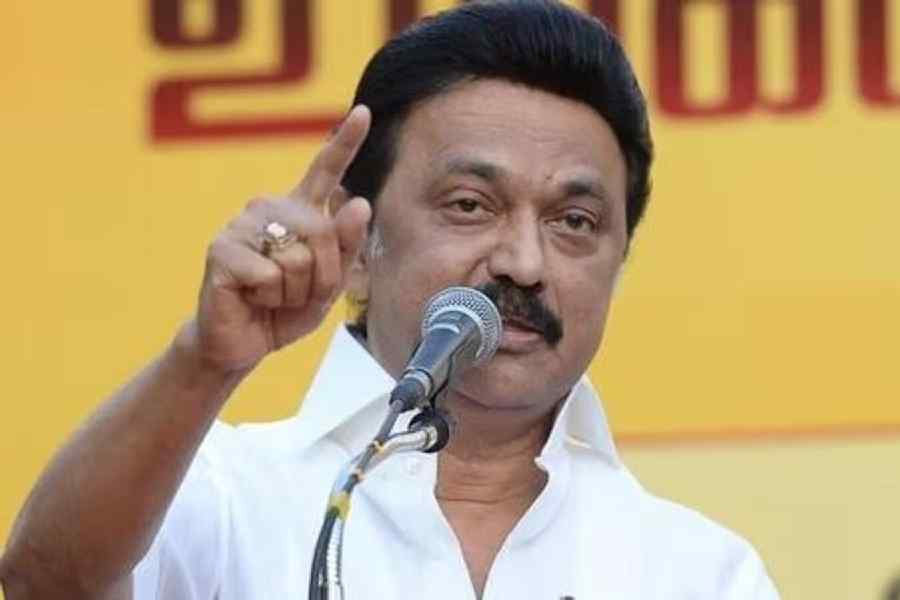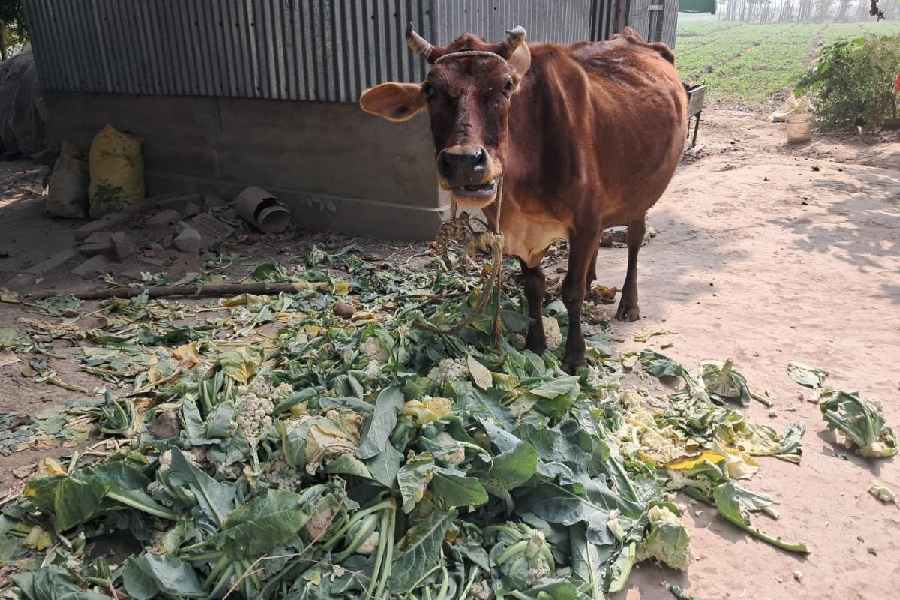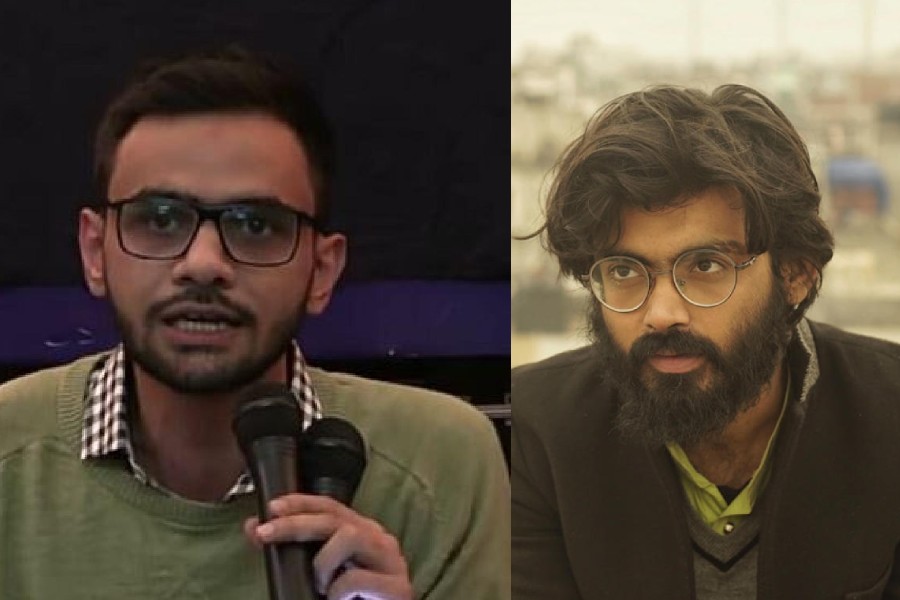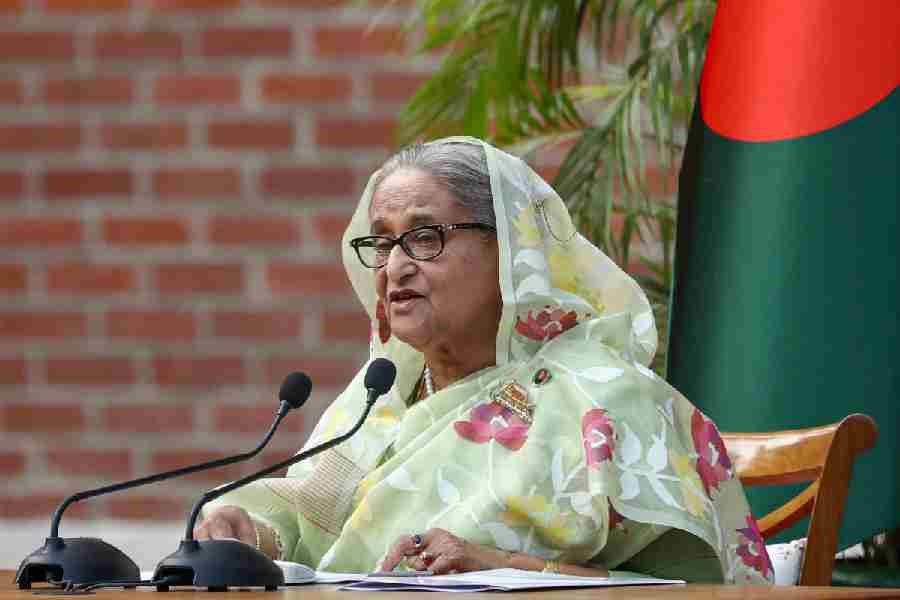Qualified for BEd but farming for wheat, maize and pulses, there is no rest for Omprakash Yadav.
The 30-year-old from Kosma Musalmeen village in Uttar Pradesh’s Ghiror Tehsil in Mainpuri district has to work overtime every night after a whole day’s toil on the field. The reason behind his sleepless nights is abandoned cattle.
Omprakash, who got married last year, took to farming in 2023 after having waited five years for a government schoolteacher’s job. The state government has not advertised teachers’ posts for a decade, he said.
“If I stay home, stray cattle will finish off the crop within an hour. All my labour will go to waste,” he added.
This election, stray cattle have emerged as one of the burning issues for farmers in the heartlands of Uttar Pradesh. Across Mainpuri, Etawah, Etah, Bareilly, Badaun, Kannauj and Firozabad districts, all of them have similar tales of misery since the Yogi Adityanath government strictly enforced the ban on cow slaughter.
“If the government had to enforce the law, it should have made alternative arrangements. Some gosalas (cow sheds) have been set up but abandoned cows continue to roam around. People in charge of minding the gosalas should account for all the abandoned cows and keep them in the shed. But they don’t,” Omprakash said.
Cow slaughter is banned under the UP Prevention of Cow Slaughter Act 1955. But cows and bulls were being slaughtered illegally or transported to other states. Now completely stopped, and under the vigil of right-wing activists, the problem of abandoned cattle has become so acute that Omprakash claimed most farmers will vote against the BJP.
The cows are no better off too.
At a cowshed managed by the panchayat office in Ghiror tehsil, spotted by The Telegraph, a heap of wheat straws has been kept. Seems like plentiful feed for the nearly 65 and odd cows in the shed. But the low-quality roughage leaves the cattle in poor health. Only two workers are stationed at the gosala, with one water tank, to care for the cattle.
Upadesh Yadav, 30, said the cattle keep dying due to poor nourishment.
In Hajratpur village, under Tundla tehsil of Firozabad district, 60-year-old farmer Megh Singh said he had to put up wire fencing on the boundary of his farmland. Since a bundle of barbed wire costs around ₹4,000, he could only put up one layer on wooden
poles, leaving much space for the cattle to enter the farm.
“The earlier system was better. Some people used to buy the old cattle and send them away. That has stopped under the Adityanath government. We have to sleep in the fields during the crop season,” Singh said.
Some people also use charged batteries to supply mild current to the barbed wires but that’s not much help too. “There is no income in farming but we keep at it since there is no other job. The fencing and battery add to our existing costs,” Singh moaned.
Rajkumar, 50, another farmer, said the nearly 100 cows that roam around the village can finish off crops on 10 acres of land in a single day. “There is a gosala in nearby Madawali village but the managers charge 50kg grains from the cattle owners and release the cattle after keeping them for a few days.”
Pankaj Sharma, the manager of the facility that keeps nearly 400 cattle, said the state government gives ₹50 per day per cattle in a gosala. The amount is insufficient, he added, while denying charges that the animals are released after a few days.
“The government per day assistance is for feed, medicine, maintenance of facility and labour expenses. That is why we seek donations from the people who can give,” Sharma said.
Satyadev Singh, 60, a farmer from Taharpur village, said the gosalas have failed. “If anybody says all the abandoned cows are in gosalas, it’s completely false.”











